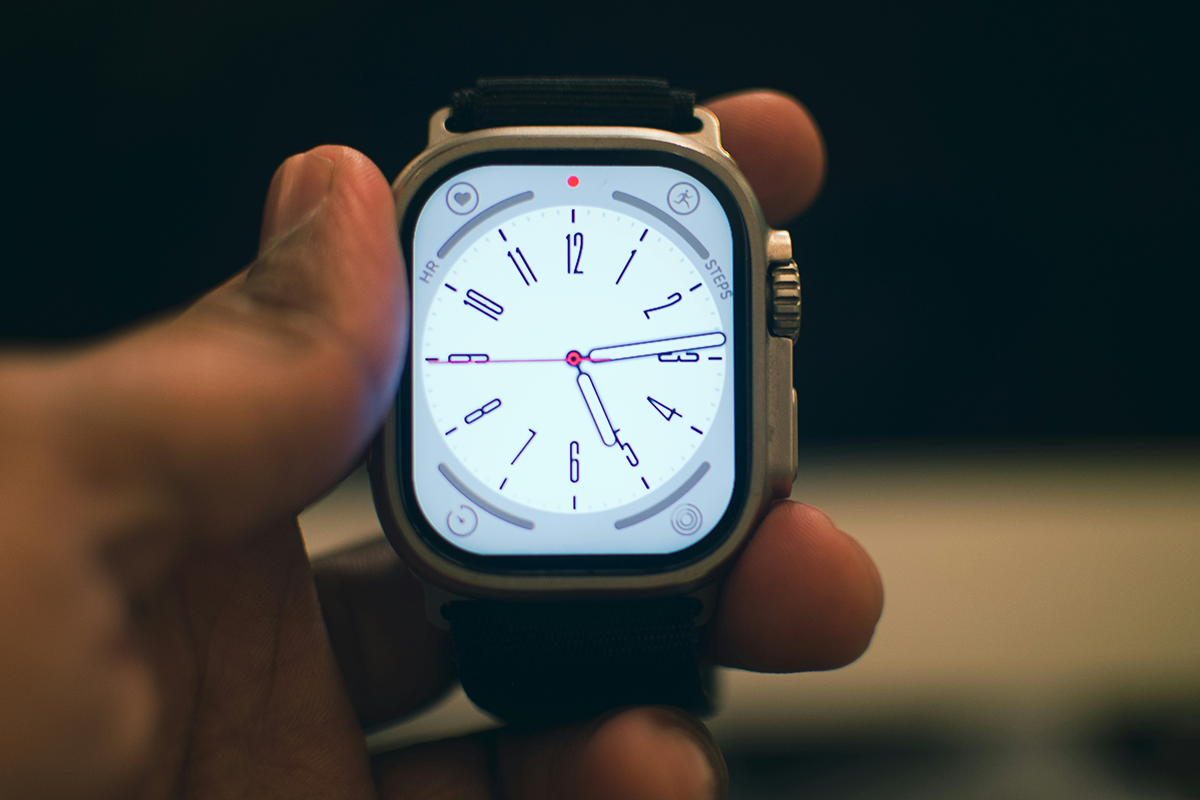The Power of One Simple Boundary
If you’re an overextended professional or parent, you know the cycle: you crave calm, yet constant work-life creep keeps you tethered to your devices. You want change, but struggle to follow through: classic Overwhelmed Quadrant behavior; high motivation, low confidence.
Here’s your antidote: don’t overhaul your life. Start with just one intentional weekly boundary.
A digital detox doesn’t have to mean total disconnection. Instead, it’s about voluntarily creating limits that protect your focus and align with your personal values. Your one small, strategic phone-free routine can rebuild confidence, reduce stress, and restore balance all week long.
Why One Boundary Works
Big changes fail when we’re overloaded. One gentle, realistic shift keeps you motivated without triggering burnout.
- Intentionality over intensity: When you choose one simple digital boundary, you practice self-regulation, not restriction.
- Defined timeframes: Boundaries work best when they’re temporary and clear. Try a specific “timeout” from screens; like one tech-free meal or an hour of DND each night.
- Values alignment: Each small limit reconnects you with what matters: family, rest, or personal growth.
Focusing on one manageable boundary helps you build self-efficacy, your belief in your ability to succeed.
Choosing Your Weekly Focus
Not all boundaries are created equal. The best one interrupts your most common stress pattern while still being realistic.
A. Design a Tech-Free Zone
Create a physical space where devices are not allowed.
- Example: The dinner table or bedroom becomes a phone-free zone, reinforcing rest or connection.
- Tip for the Overwhelmed: Start with one week of no phones at dinner: simple, visible, and effective.
B. Create a Time-Bound Routine
If space isn’t the issue, work with time. Define when you’ll disconnect.
- Example: Try a “no work email after 6 p.m.” rule or silence notifications for one hour each evening.
- Tip: Choose a consistent window and set your phone aside physically to reduce temptation.
Boundaries tied to time and place create friction for unhelpful habits and ease for healthy ones.
Making It Stick
Once you’ve chosen your boundary, turn it into a micro-plan using the SMART method:
| SMART Element | Example Application |
|---|---|
| Specific | “I’ll silence all non-emergency app notifications during dinner.” |
| Measurable | “I’ll do this five nights this week.” |
| Achievable | “I’ll tell my family and keep my phone on silent across the room.” |
| Relevant | “So I can enjoy real family attention and less stress.” |
| Time-Bound | “I’ll test this for seven days.” |
Weekly Reflection: The Check-In
Reflection turns effort into insight. At the end of the week, ask yourself:
- What helped most?
What mindset or system made it easier to stay offline? -
What got in the way?
Which moments, emotions, or settings tempted you to break your rule?
You’re not looking for perfection, just awareness. Each reflection builds emotional clarity and confidence in your self-regulation.
Key Takeaways
- Start small: One boundary beats five.
- Be intentional: Boundaries are acts of self-respect, not punishment.
- Protect your values: Align limits with what matters to you.
- Reflect weekly: Awareness is your most powerful tool for lasting change.
Next Steps
- Choose your boundary: One phone-free meal, one offline hour, or one app-free evening.
- Communicate it: Let your family or team know, it builds accountability and respect.
- Celebrate your progress: Each week you succeed, you prove you can protect your focus.
References
- Marx, J., Mirbabaie, M., & Turel, O. (2025). Digital detox: A theoretical framework for information systems. Information & Management, 62(1), 104068.
- Syvertsen, T., & Enli, G. (2020). Digital detox: Media resistance and the promise of authenticity. Convergence, 26(5–6), 1269–1283.
- Passarelli, A. M., Moore, B. S., & Van Oosten, E. B. (2022). Developing self-awareness through intentional change theory-based coaching. Coaching: An International Journal, 15(2).
- Vialle, S. J., Machin, T., & Abel, S. (2024). Better than scrolling: Digital detox in the search for the ideal self. Psychology of Popular Media.
- Doskaliuk, B. (2023). Digital Detox: A Holistic Approach to Mental and Physical Well-being. Anti Aging East Eur, 2(4), 193–196.
*Disclaimer: Offline.now offers educational coaching tips, not medical or therapeutic advice; please consult a qualified health professional for personal, clinical or health concerns.*




